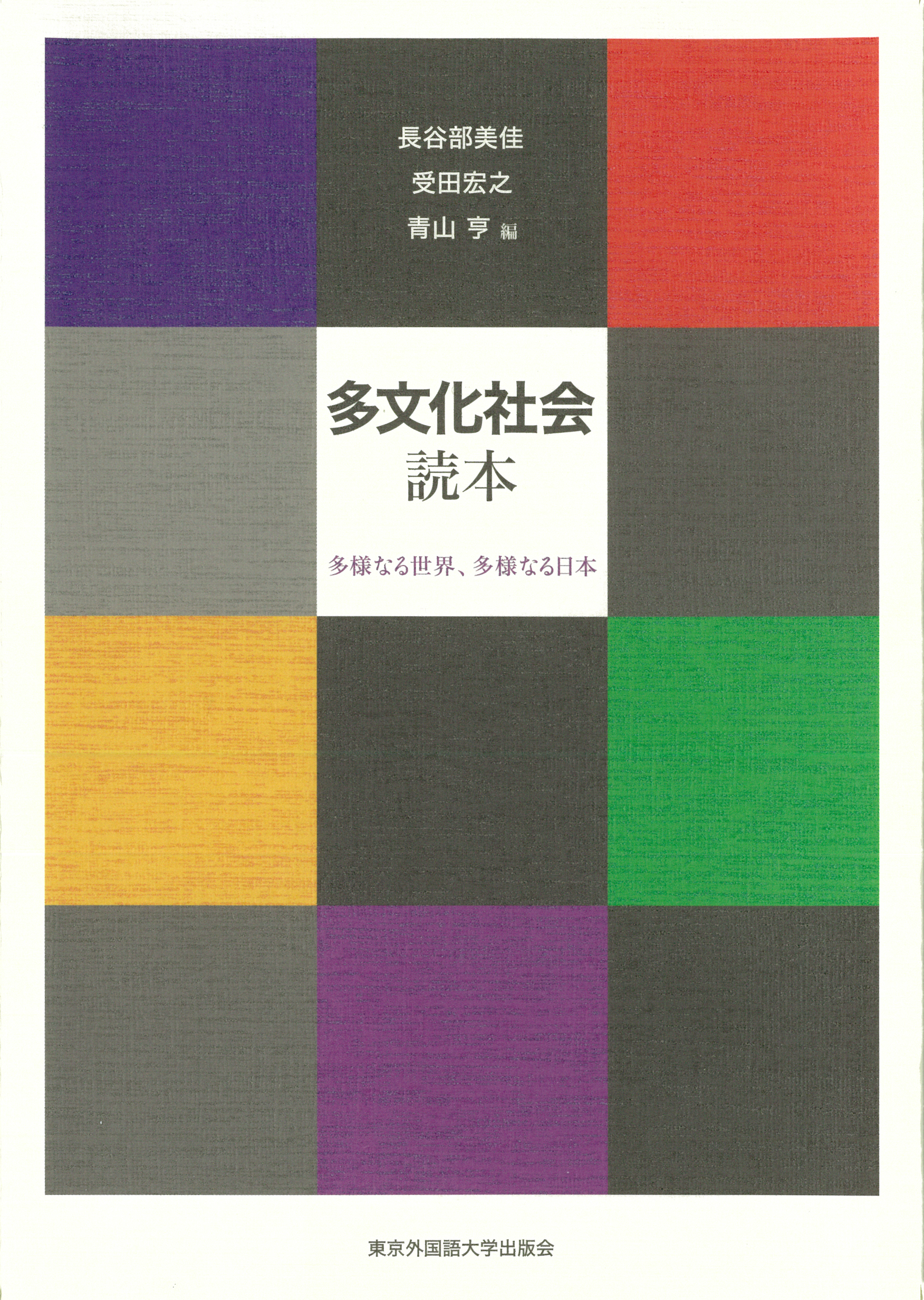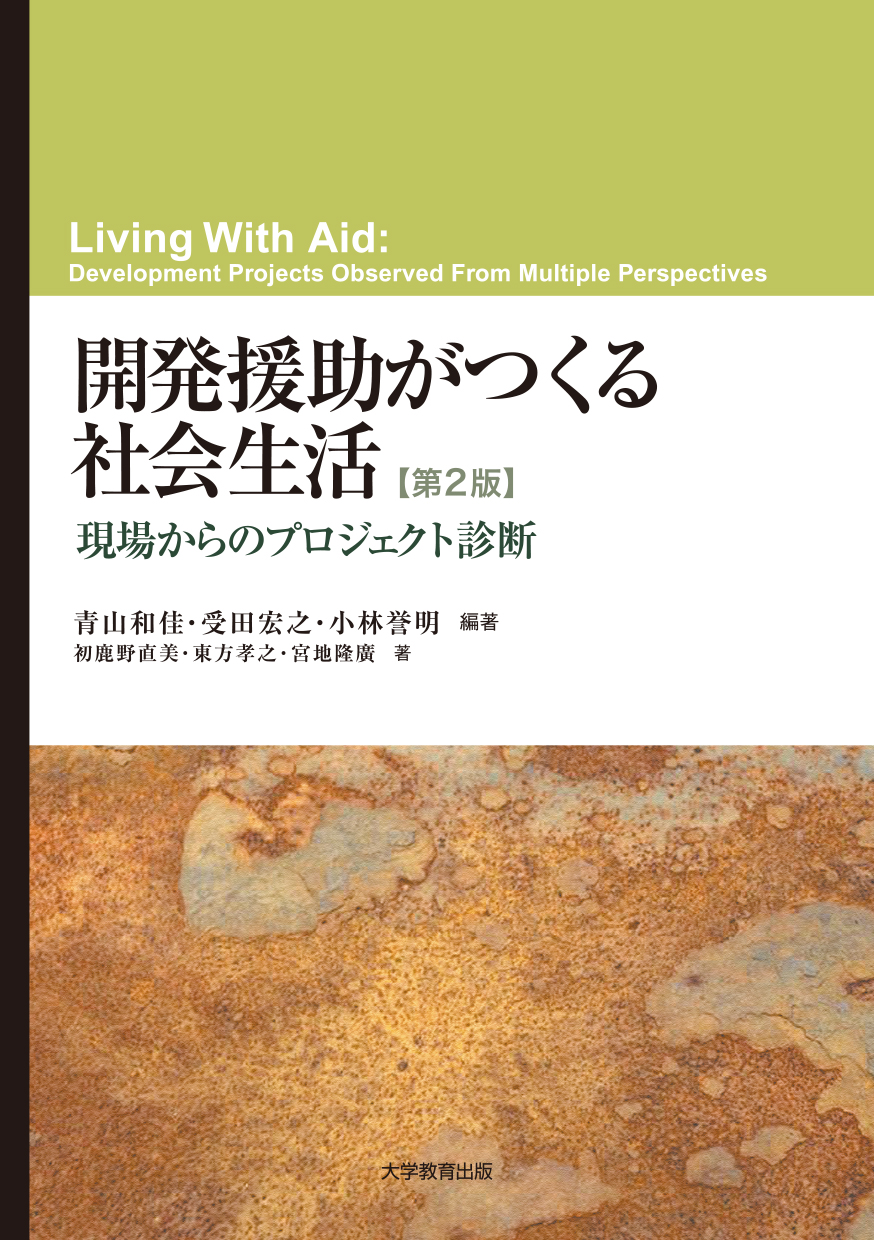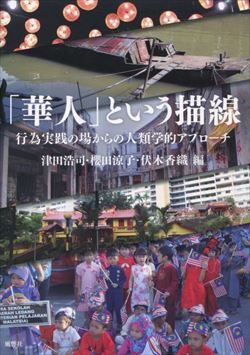
Title
Tabunkashakai Tokuhon (A Guide to Multicultural Society: Diverse World, Diverse Japan)
Size
264 pages, A5 format, softcover
Language
Japanese
Released
March 31, 2016
ISBN
978-4-904575-53-6
Published by
Tokyo University of Foreign Studies Press
Book Info
See Book Availability at Library
Japanese Page
Immigration is one of the most debated topics in Japan today. Perspectives vary, from the aging population and decline of labor power to more positive aspects such as the enrichment and diversification of society. Of course, an influx of populations with different cultural and economic backgrounds requires social “expenses” to a degree. Meanwhile, there are factions that emphasize the risk of increasing crime rates, slum formation, political destabilization, etc., and it is well-known that their influence has been expanding among the public and the administration.
Immigration is a multi-faceted issue, and it manifests at different times and in different places. Japan is historically less exposed to large-scale, cross-border migrations compared to other nations. The population has been relatively homogeneous, and the minorities that exist in no small numbers have often been coerced to assimilate or were subjected to open discrimination.
This book is a compilation of essays on the theme of immigration, covering subjects from history to specific events in the world and in Japan. Cases from 11 countries (or 14 including the short articles) and 2 (or 3) cases from Japan are presented by specialists in their respective fields who take their unique approaches to the issue. These essays all strive to offer their accurate knowledge on immigration, which is a complex social phenomenon, in order to foster inclusiveness rather than exclusivism.
For example, Europe has more experience than Japan when it comes to accommodating immigrants, including certain anti-exclusivist countermeasures, but specific immigrant compositions and policies differ between the UK, Germany, and France. China and India, the two major countries in Asia, have many domestic minority groups. At the same time many of their populations have emigrated worldwide, but not many of us have an accurate understanding of this situation. In Africa, many countries receive attention from around the globe as countries in need of support or as emerging economies. However, as has been the case in the past, the unilateral involvement of external agents (who may lack understanding of inherent affairs) can and has given rise to conflicts between different groups. The problems facing indigenous or black people in the New World, notably discrimination and poverty, also derive their origins from mass migration. We, the Japanese, may learn a great deal from the examples of Australia, America, and Mexico by exploring their histories of immigration and learning from their efforts to overcome their respective problems. Abundance of insights may also be gained from some Japanese cases, including the history of the language of Amami Islanders, the refugees from Indochina living in Kanagawa, and the civil and academic efforts to encourage social inclusion of the minority groups in Japan.
This book is a product of dialogue between immigration studies and community studies. There have been enormous number of documents and papers that specifically deal with policies regarding Japan’s immigration issues. Theory-oriented studies that focus on the application of specific disciplines, such as sociology and economics, are also emerging. As a member of the editorial board, I believe that this book stands out among existing studies in terms of the value it offers, and that readers will find valuable information and intellectual stimulation in each and every chapter.
(Written by Hiroyuki Ukeda, Associate Professor, Graduate School of Arts and Sciences / 2018)



 Find a book
Find a book






